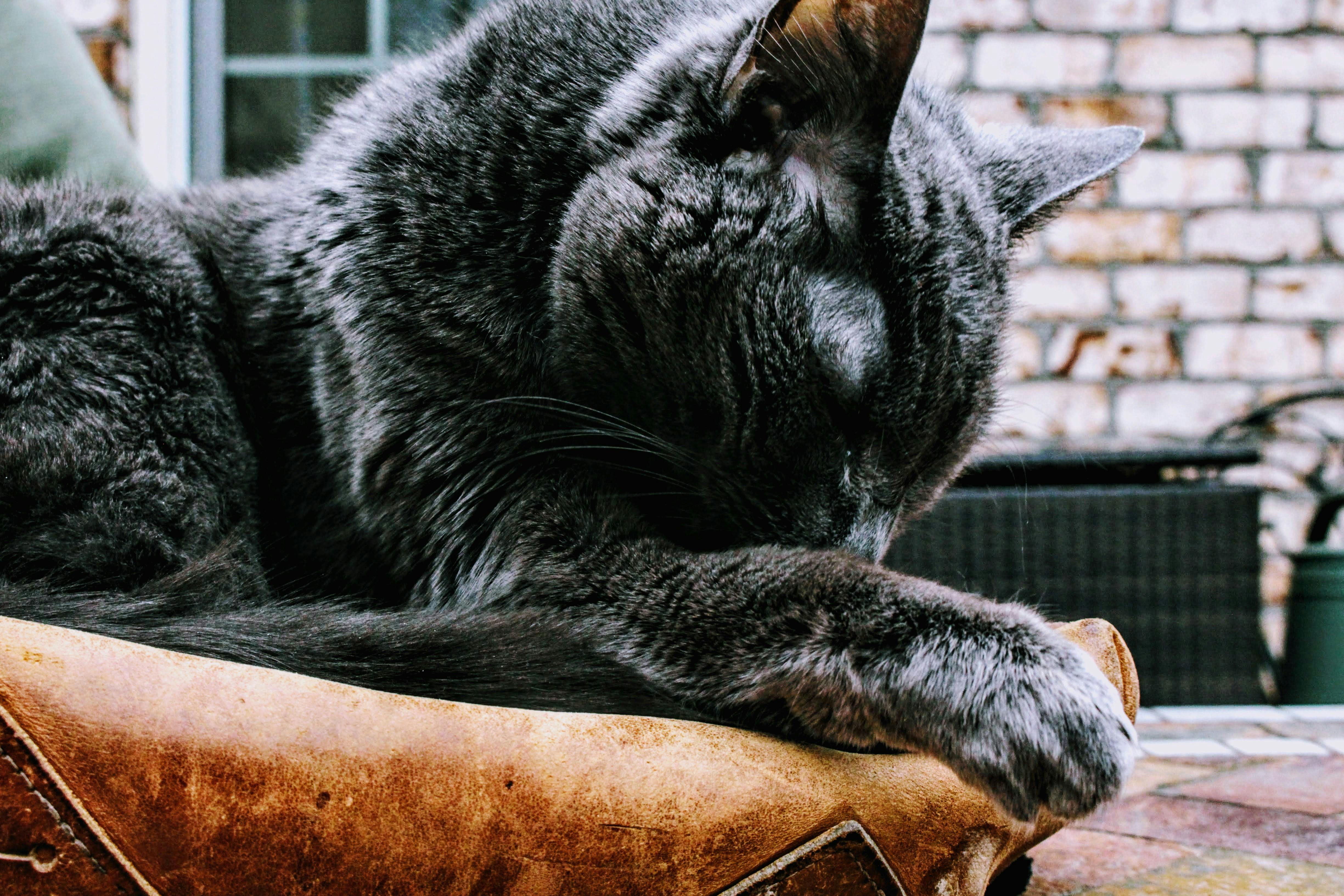The Japanese teapot tetsubin has come a long way. It originated as a container used centuries ago to heat water for tea and is now also used to provide warmth and humidity in all homes during the winter or even throughout the year. With their striking aesthetics and functionality, modern tetsubins now come in a variety of styles, designs, and sizes.
Japanese cast iron teapots are known for their great durability. However, under certain circumstances, cast iron can begin to rust. You see, apart from the usual care you give to your utensils, cast iron kettles are going to demand more attention so that you don’t get an overdose of rust.
Here are some tips for trying to remove rust from cast iron:
Vinegar and water solution. A mixture of water and white vinegar is a good cleaning solution. With a little effort, this 50-50 mix of vinegar and water can remove rust from your tetsubin. For tough rust, it may be a good idea to use baking soda as an abrasive. First, rub the area with baking soda, and then add the vinegar and water solution.
potato method. Often when researching home remedies for rust removal, the idea of using a potato is often mentioned. Actually, there is no property that makes the potato more useful than a scrubbing brush. Slice a potato and dip it in baking soda or vinegar. One great thing about potatoes is that they are convenient and available.
Olive Oil and Fine Grain Salt. Another great mix to remove rust from Japanese cast iron teapots is a solution of olive oil and fine-grained salt. Such a combination is a good rubbing solution for treating external rust on your cast iron kettles. However, the mixture should be gently rubbed over the affected area so that the kettle’s finish is not scratched.
Remember, once you are done using your cast iron kettle, clean it and dry it. Do not let the tea or water sit in the kettle for a long time. Cleaning is as simple as pouring out the remaining content and bathing it with water inside. Then invert the kettle and let it dry.
And that is. Taking care of your precious tea set is really that easy. With the proper knowledge on how to remove rust, your Japanese tetsubin teapot can definitely last a couple more generations, if not a lifetime.

